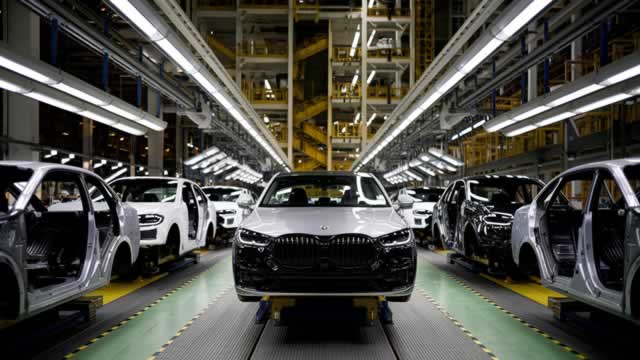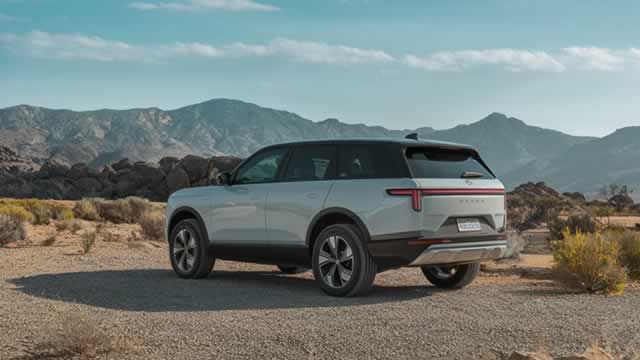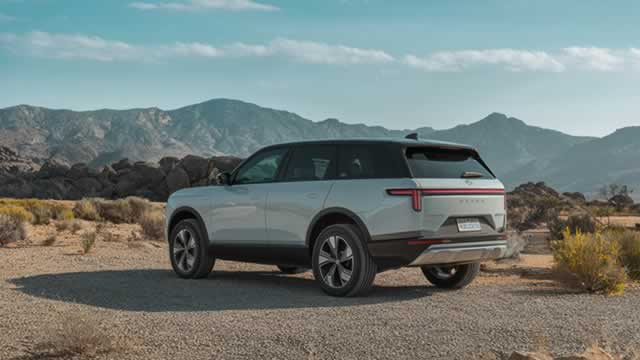ORLY Stock Recent News
ORLY LATEST HEADLINES
If you had invested $10,000 into O'Reilly Automotive (ORLY 1.75%) in 1993, you would have $5.59 million today. You read that correctly -- shares have risen by a jaw-dropping 55,810% in 30 years.
In this video, Motley Fool contributors Jason Hall and Tyler Crowe break down why O'Reilly Auto Parts (ORLY 1.55%), after its stock split, is still primed to be a profitable investment.
Imagine investing $10,000 in a stock, then you sit back and watch the stock climb. Years go by, then decades.
It's not a surprise that investors want to own companies whose stocks soar. However, an issue can arise when a business has done so well over a long period of time that its share price becomes nominally high.
ESB Professional / Shutterstock.com Plus, according to Morningstar.com, “Splits matter – because these stocks outperform after the announcement, by a lot.
For more than two years, artificial intelligence (AI) has been the buzziest trend on Wall Street. The seemingly limitless ceiling associated with AI-driven software and systems has encouraged investors to pile into AI-fueled tech stocks.
If you showed me a picture of O'Reilly Automotive 's (ORLY 0.71%) stock performance since its initial public offering (IPO) in 1993, I would assume I was looking at a disruptive tech stock instead of an auto parts retailer. With shares up roughly 57,000% since launch, the company has delivered life-changing long-term returns to its early shareholders.
O'Reilly Automotive (ORLY 0.14%) is a fast-growing auto parts retailer. The stock is fast-growing as well, and its price is up over 41% over the past 12 months, trouncing the 13% or so gain of the S&P 500 over that span.
For the better part of the last three decades, investors have had a next-big-thing technology or innovation to captivate their attention, and their money. Over the last two-plus years, the evolution of artificial intelligence (AI) has been Wall Street's hottest trend.
O'Reilly Automotive (ORLY -0.35%) operates a fairly boring business selling auto parts to consumers and commercial customers. And yet a $10,000 investment in the retailer at the turn of the century would now be worth over $1.2 million.









